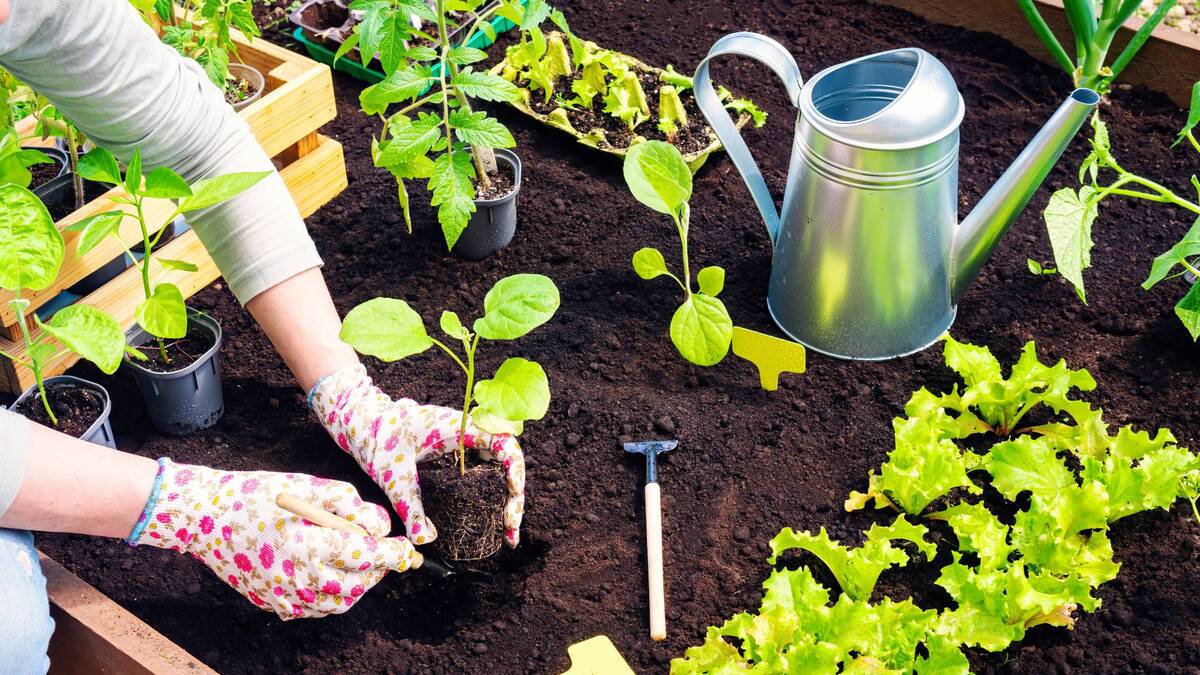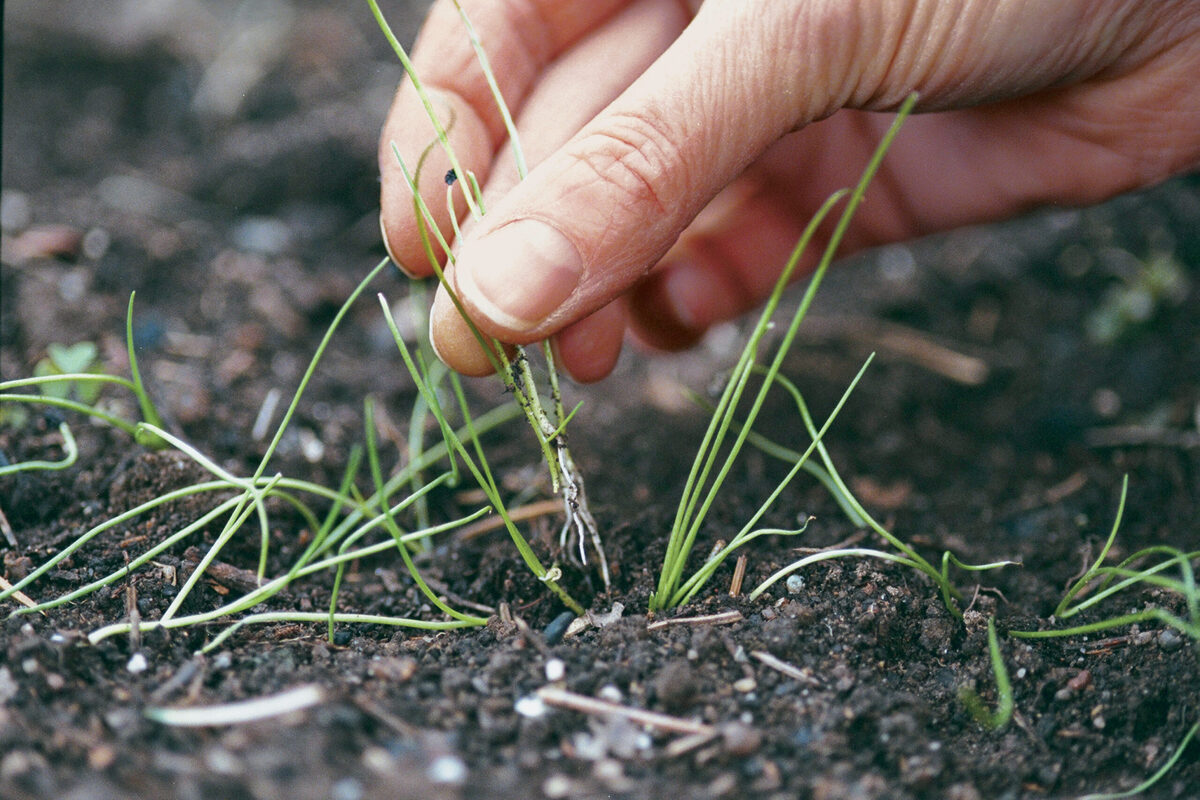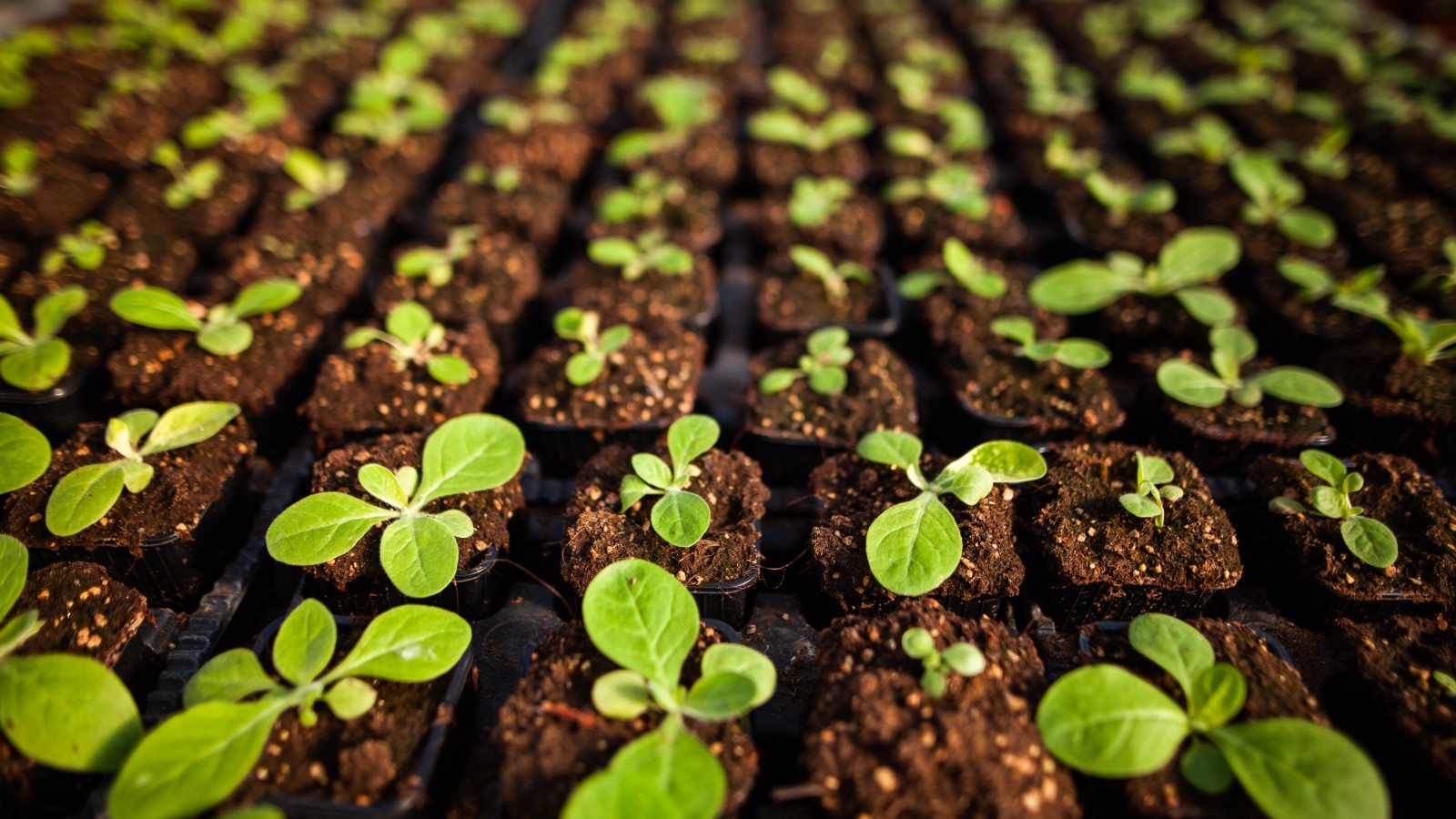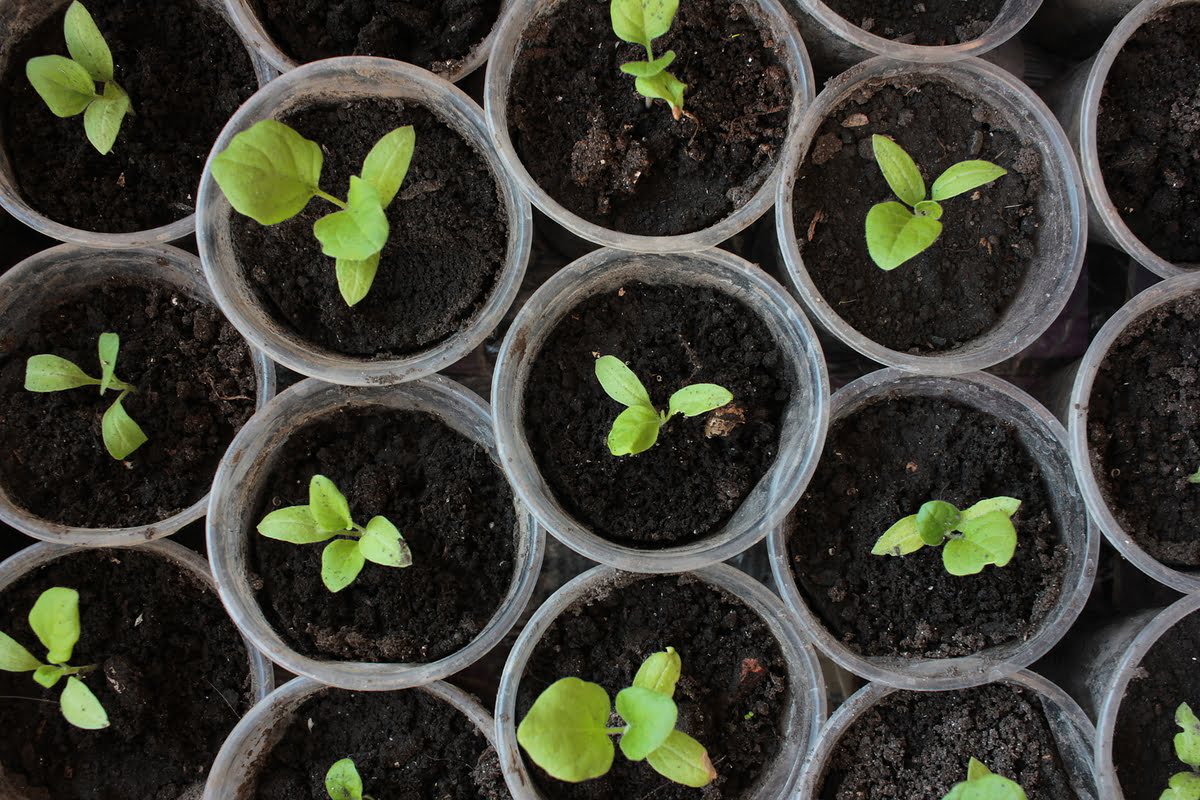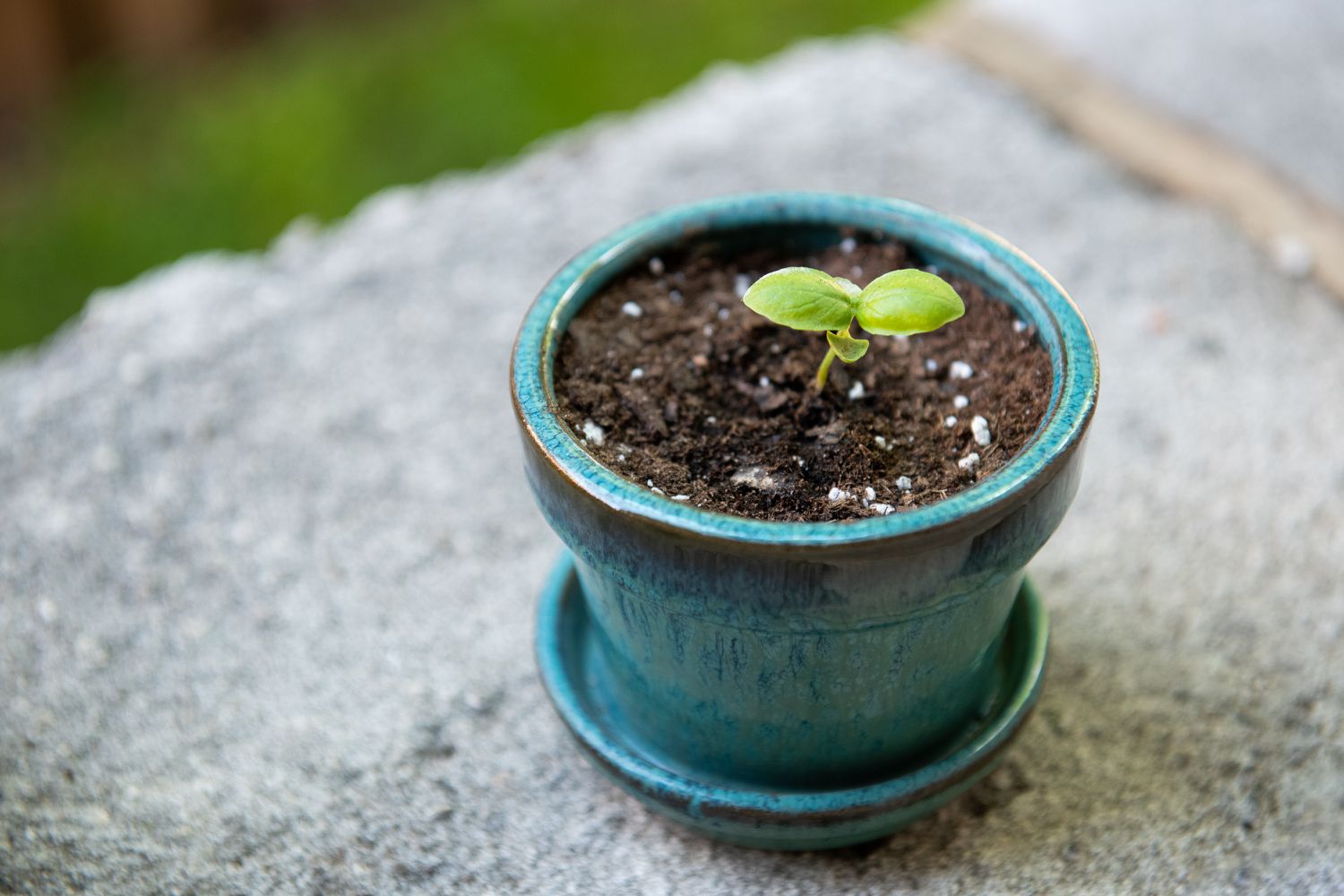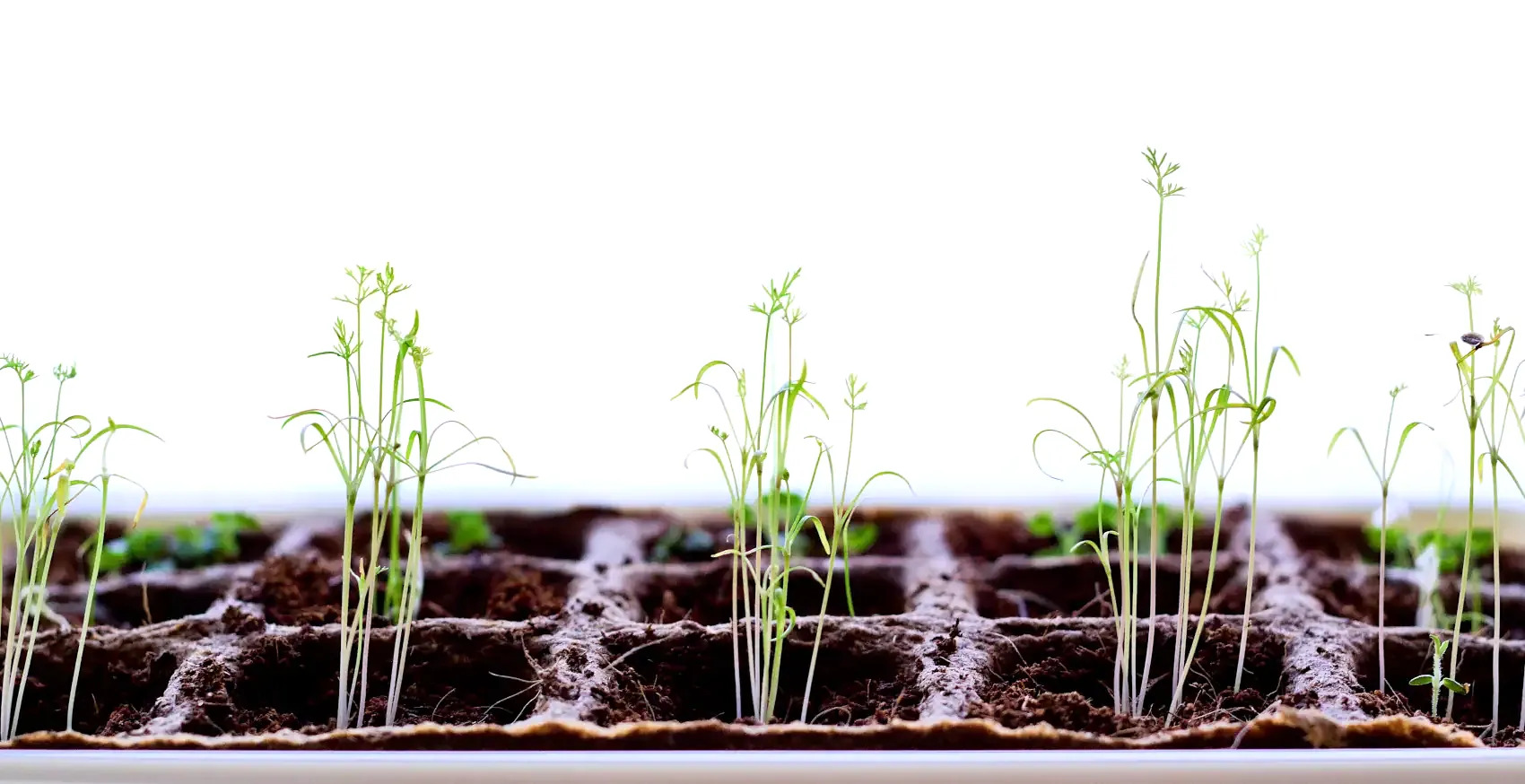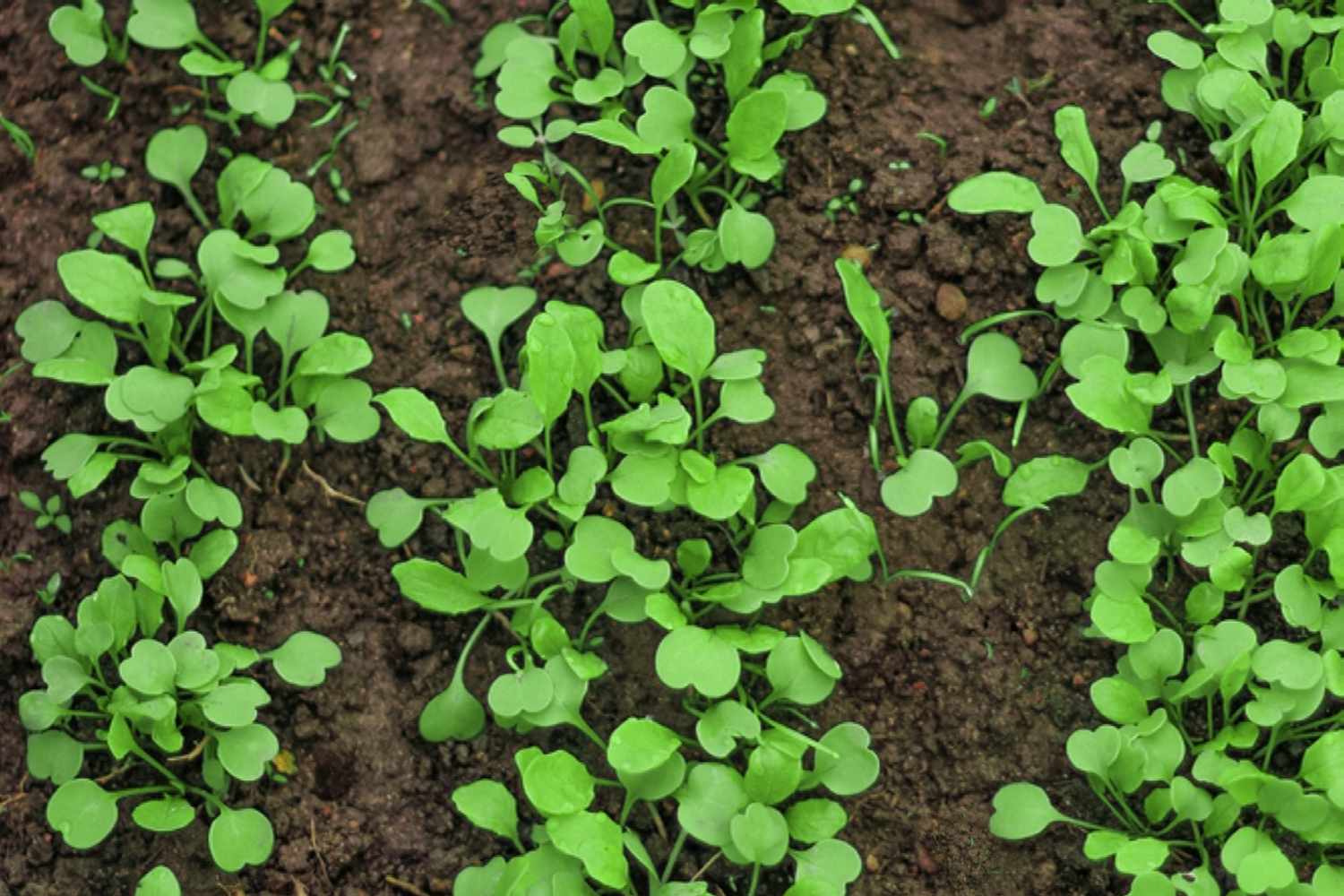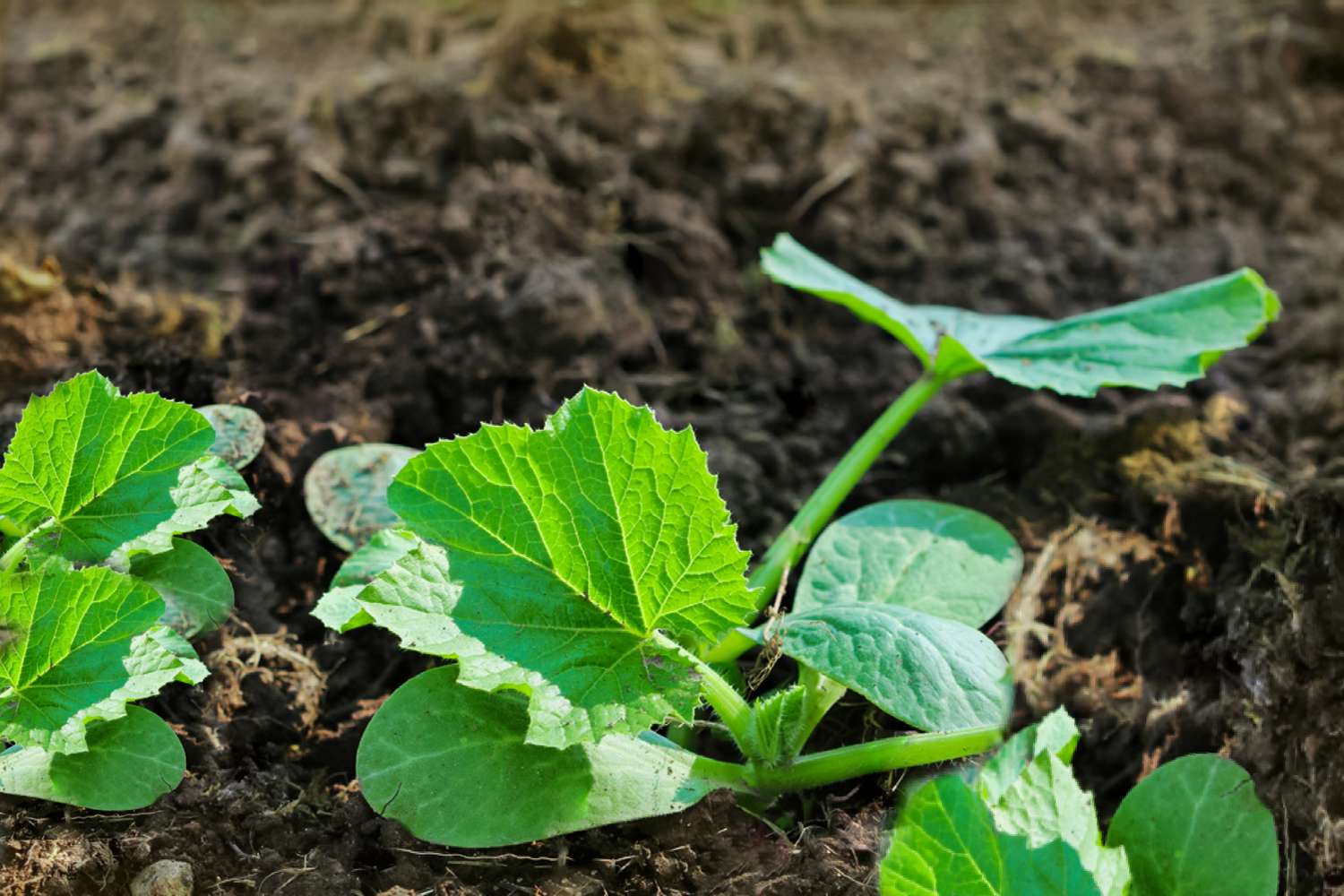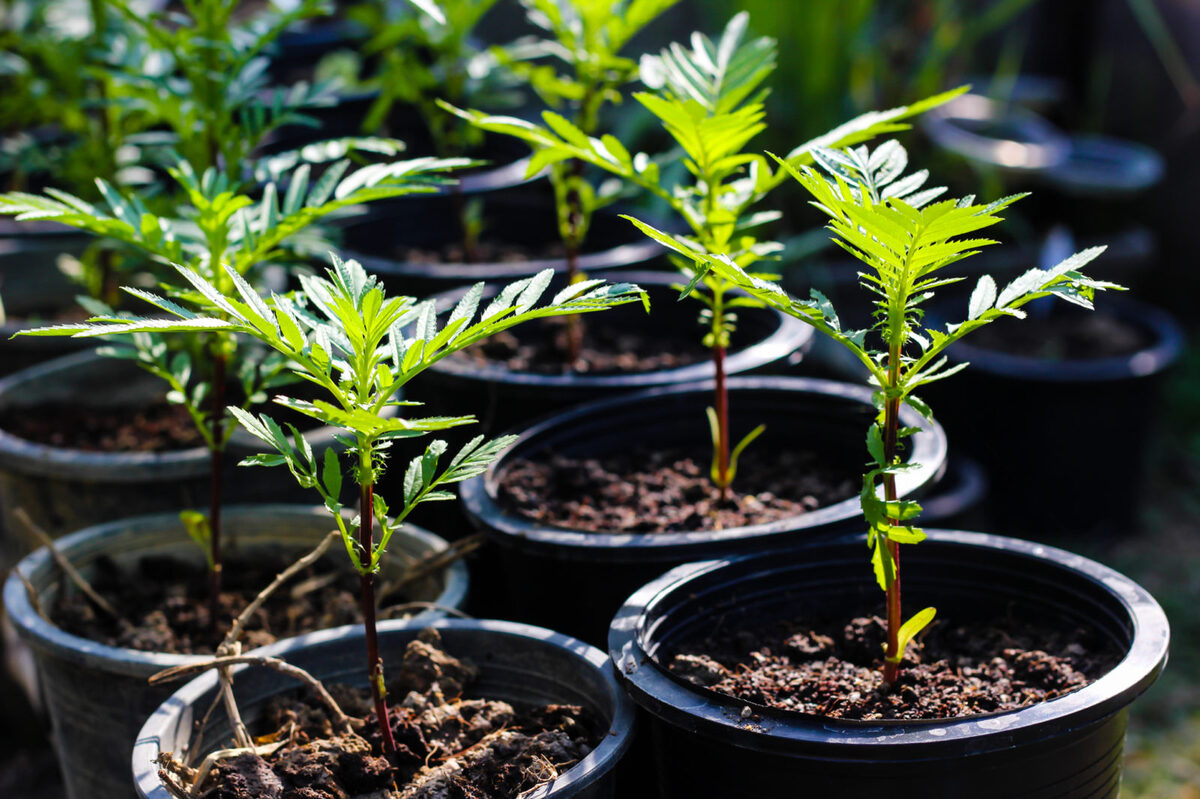Home>Types of Gardening>Edible Gardening>When To Plant Asparagus Seedlings
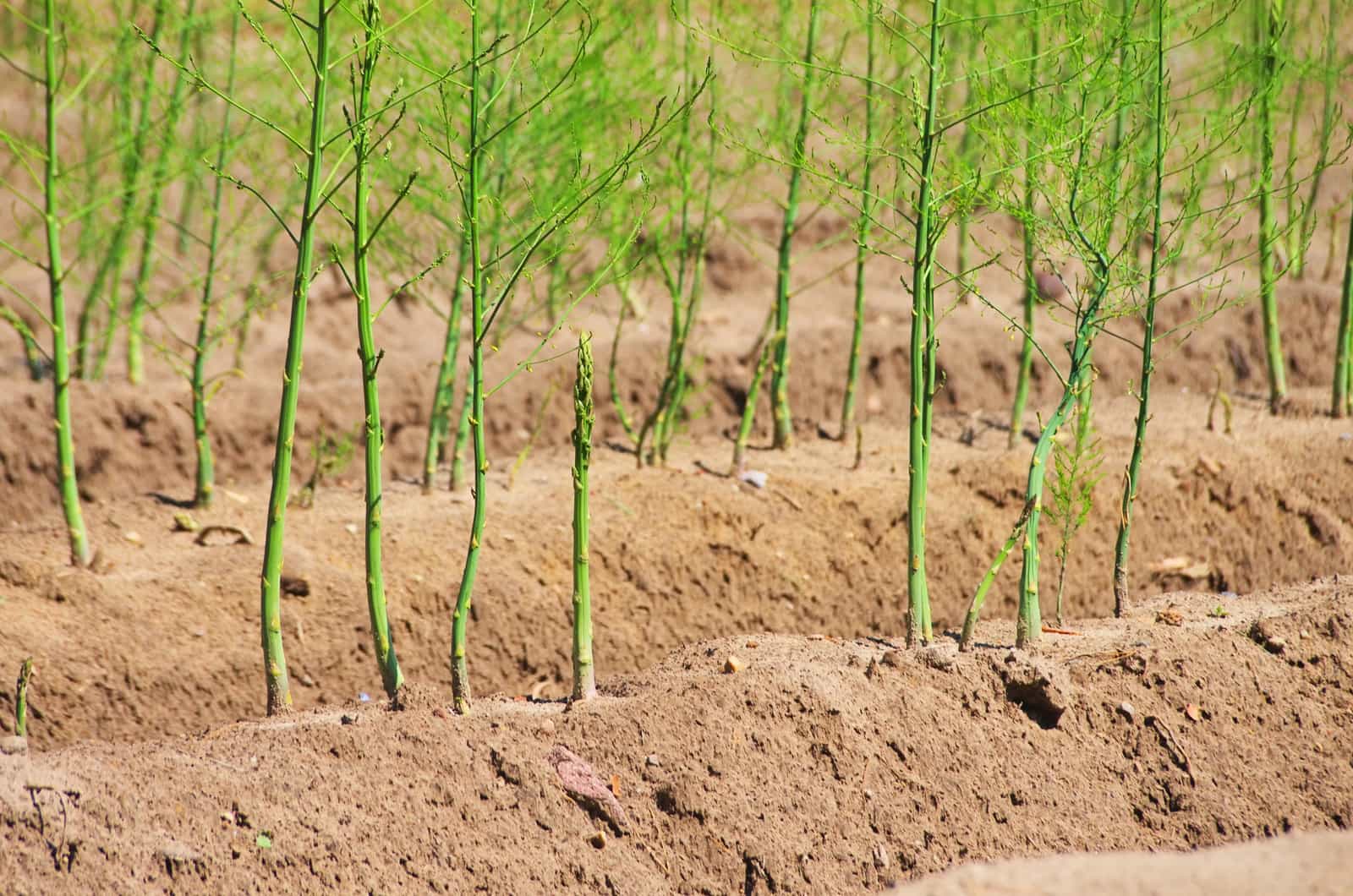

Edible Gardening
When To Plant Asparagus Seedlings
Published: January 5, 2024
Learn when is the best time to plant asparagus seedlings in your edible gardening journey. Find expert tips and guidelines for successful growth.
(Many of the links in this article redirect to a specific reviewed product. Your purchase of these products through affiliate links helps to generate commission for Chicagolandgardening.com, at no extra cost. Learn more)
Table of Contents
Introduction
Welcome to the world of edible gardening! If you’re interested in growing your own food and enjoying the bountiful rewards of nature, then edible gardening is the perfect hobby for you. And what better way to start than by planting asparagus seedlings, a nutrient-rich and versatile vegetable that can be enjoyed in a myriad of delicious dishes.
Asparagus has long been prized for its unique taste and numerous health benefits. This perennial vegetable is rich in vitamins, minerals, and antioxidants, making it a valuable addition to any diet. Growing asparagus seedlings in your own garden allows you to have a fresh and steady supply of this delectable vegetable right at your fingertips.
However, before diving into the world of asparagus gardening, it’s important to understand the factors that need to be considered in order to ensure the success of your asparagus plants. From the ideal planting time to the preparation of the soil, every step plays a crucial role in the growth and development of your asparagus seedlings.
In this article, we will delve into the various aspects of planting asparagus seedlings, providing you with a comprehensive guide on how and when to plant them. By following these guidelines, you’ll be well on your way to cultivating a thriving asparagus garden that will bring joy and abundance to your table.
Factors to Consider Before Planting Asparagus Seedlings
Before you start planting your asparagus seedlings, it’s essential to consider a few important factors that will contribute to the success of your asparagus garden. By carefully addressing these factors, you’ll provide the optimal environment for your seedlings to thrive and produce a bountiful harvest. Here are some key factors to consider:
- Climate: Asparagus is a hardy vegetable that can grow well in a variety of climates, but it does have specific temperature preferences. Ideally, asparagus thrives in regions with cool winters and moderate summers. It is important to consider the average temperature and frost dates in your area before planting your seedlings. Asparagus prefers a cooler climate and may not do well in extremely hot and humid regions.
- Soil Type: Asparagus plants require well-draining soil to prevent waterlogged roots. They prefer sandy or loamy soils that are rich in organic matter. Before planting your seedlings, it’s important to test the soil pH and make any necessary amendments to ensure the pH level is between 6.0 to 7.0, which is optimal for asparagus growth.
- Sun Exposure: Asparagus is a sun-loving plant and requires at least 6 to 8 hours of direct sunlight daily for optimal growth. Ensure that the location you choose for your asparagus bed receives ample sunlight throughout the day.
- Space: Asparagus plants are perennials, meaning they will continue to grow and produce for many years. Therefore, it’s essential to allocate enough space for your asparagus bed. Each asparagus plant requires about 4-6 square feet of space to spread out. Plan accordingly to avoid overcrowding and to allow for future growth.
- Companion Plants: Companion planting can be beneficial for asparagus as it helps repel pests, attract pollinators, and enhance overall plant health. Some suitable companion plants for asparagus include tomatoes, marigolds, parsley, and basil. Avoid planting with onions, garlic, and potatoes as they may inhibit the growth of asparagus.
- Watering Needs: Adequate watering is crucial for the establishment and growth of asparagus seedlings. Asparagus plants prefer a consistent moisture level in the soil but can be susceptible to rot if overwatered. Ensure that your asparagus bed has proper drainage and water the plants regularly, especially during dry spells.
By taking these factors into consideration before planting your asparagus seedlings, you’ll provide a favorable environment for their growth and ensure a successful harvest for years to come.
Ideal Planting Time for Asparagus Seedlings
The timing of planting asparagus seedlings is crucial for their success. Asparagus is a cool-season vegetable that requires a period of dormancy during the winter months to thrive. Here are some guidelines to determine the ideal planting time for your asparagus seedlings:
- Spring Planting: The most common time to plant asparagus seedlings is in early spring, as soon as the soil is workable. This is when the temperatures start to rise, and the soil begins to warm up. Planting in spring gives the seedlings ample time to establish their roots and prepare for the upcoming growing season.
- Fall Planting: In some regions, fall planting of asparagus seedlings can be successful. Fall planting allows the roots to establish over the winter, giving the plants a head start in the following spring. However, it’s important to ensure that there is enough time for the seedlings to establish their root system before the first frost.
- Choosing Seedlings: When purchasing asparagus seedlings, it’s essential to choose healthy, disease-free seedlings. Look for seedlings that have firm, white roots and strong, green shoots. Avoid seedlings that show signs of wilting, discoloration, or damage. Healthy seedlings have a higher chance of successful establishment and growth.
- Pre-soaking Seedlings: Before planting your asparagus seedlings, it can be beneficial to soak the roots in water for about an hour. This helps to rehydrate the roots and improve their chances of survival and quick establishment. Be sure to gently shake off any excess water before planting.
- Planting Depth: Asparagus seedlings should be planted about 6-8 inches deep in the soil, with the crowns (where the shoots emerge) facing upward. This ensures that the roots are well-established and protected from harsh weather conditions.
- Spacing: Proper spacing between asparagus seedlings is crucial for their growth and development. Each plant should be spaced about 12-18 inches apart in rows that are roughly 3-4 feet apart. This allows the plants enough room to spread out and develop a strong root system.
- Mulching: After planting your asparagus seedlings, it’s beneficial to apply a layer of organic mulch around the base of the plants. This helps to conserve moisture, suppress weed growth, and maintain a consistent soil temperature. Avoid placing the mulch directly on top of the crowns to prevent rotting.
By following these guidelines and planting your asparagus seedlings at the ideal time, you’ll give them the best chance of establishing a strong root system and producing a bountiful harvest in the seasons to come.
Preparing the Soil for Asparagus Seedlings
The quality of the soil is paramount when it comes to growing healthy asparagus seedlings. By taking the time to adequately prepare the soil, you’ll create a favorable environment for your seedlings to thrive and produce a bountiful harvest. Here are some steps to prepare the soil before planting your asparagus seedlings:
- Clear the Area: Start by clearing the area where you plan to plant your asparagus seedlings. Remove any weeds, grass, or debris. Asparagus plants can be long-lived, so it’s important to ensure that the soil is free from competition.
- Test the Soil: Conduct a soil test to determine the pH level and nutrient content of the soil. Asparagus prefers a soil pH range of 6.0 to 7.0. If the pH is too low (acidic), you can add lime to raise it. If it’s too high (alkaline), you can amend the soil with sulfur or peat moss to lower the pH. Additionally, based on the results of the soil test, you can add amendments such as compost or well-rotted manure to improve the soil’s nutrient content.
- Loosen the Soil: Asparagus plants have deep root systems, so it’s important to ensure that the soil is loose and well-draining. Use a garden fork or tiller to loosen the soil to a depth of at least 12 inches. This will allow the roots to penetrate easily and access the necessary nutrients and moisture.
- Remove Rocks and Debris: Asparagus plants prefer a soil with minimal obstructions. Remove any rocks, roots, or debris that may hinder the growth of the roots or cause misshapen spears.
- Apply Organic Matter: Asparagus plants benefit from the addition of organic matter to the soil. This can include compost, well-rotted manure, or leaf mold. Spread a layer of organic matter over the prepared soil and mix it in, as it helps improve soil structure, drainage, and fertility.
- Add Fertilizer: Asparagus plants are heavy feeders and require adequate nutrients for healthy growth. Before planting your seedlings, incorporate a balanced organic fertilizer into the soil according to the package instructions. This will provide essential nutrients to support the initial growth of your seedlings.
- Smooth and Level the Soil: After incorporating organic matter and fertilizer, smooth and level the soil surface using a rake or garden tool. This will provide a uniform surface for planting your asparagus seedlings.
By following these steps and preparing the soil properly, you’ll create an optimal environment for your asparagus seedlings to thrive. With proper soil preparation, your seedlings will be well-equipped to grow into healthy, productive plants that will reward you with a delicious harvest.
Planting the Asparagus Seedlings
Now that the soil has been prepared, it’s time to plant your asparagus seedlings. Proper planting technique ensures that the seedlings have a strong start and establish themselves successfully. Follow these steps to plant your asparagus seedlings:
- Dig Trenches: Asparagus plants are typically grown in trenches rather than individual holes. Dig a trench that is about 6-8 inches deep and 12-18 inches wide. The length of the trench will depend on the number of seedlings you have.
- Space the Seedlings: Place the asparagus seedlings evenly spaced along the bottom of the trench, with the crowns facing upward. Aim for a spacing of about 12-18 inches between each seedling.
- Backfill the Trench: Gently cover the roots of the seedlings with a few inches of soil, being careful not to bury the crowns too deeply. Gradually backfill the trench as the seedlings grow, ensuring that the crowns are just slightly covered with soil.
- Water Well: After planting the seedlings, water the trench thoroughly. This will help settle the soil around the roots and provide the necessary moisture for their initial growth. Continue to water regularly, keeping the soil consistently moist but not waterlogged.
- Provide Support: As asparagus plants grow taller, they can benefit from support. Install stakes or trellises at each end of the row and use string or wire to create a support system for the plants. This will prevent the tall fronds from flopping over and breaking.
- Apply Mulch: After planting, apply a layer of organic mulch around the base of the seedlings, keeping it a few inches away from the crowns. Mulching helps conserve moisture, suppress weeds, and regulate soil temperature. Organic materials such as straw or wood chips are excellent choices for asparagus mulch.
- Monitor and Maintain: Keep a close eye on your asparagus seedlings to ensure their health and growth. Remove any competing weeds, check for pests or diseases, and provide necessary care such as regular watering and fertilizing.
By following these planting guidelines, you’ll give your asparagus seedlings a strong start and set them up for successful growth. Patience is key, as asparagus requires a few years to become fully established and produce a plentiful harvest. But with the right care and attention, your asparagus plants will reward you with delicious and nutritious spears for years to come.
Caring for Asparagus Seedlings
Proper care is essential to ensure the healthy growth and productivity of your asparagus seedlings. By providing the right conditions and following these care guidelines, you’ll help your seedlings thrive and develop into robust asparagus plants. Here are some important aspects to consider when caring for your asparagus seedlings:
- Watering: Asparagus plants have a shallow root system, so it’s important to keep the soil consistently moist but not waterlogged. Water deeply and thoroughly, providing enough water to reach the roots. During dry periods, regular watering may be necessary. Mulching can help retain soil moisture and reduce water evaporation.
- Fertilizing: Asparagus is a nutrient-hungry plant, and regular fertilization is crucial. Apply a balanced, organic fertilizer in early spring and again after the harvest season. Follow the package instructions for application rates and intervals. Avoid overfertilizing, as it can lead to weak and leggy growth.
- Weed Control: Keep the asparagus bed free from weeds, as they compete for nutrients and water. Regularly remove any weeds by hand or use a hoe to gently cultivate the soil and dislodge the weeds. Mulching can also help suppress weed growth and reduce the need for frequent weeding.
- Pest and Disease Control: Monitor your asparagus plants for common pests such as aphids, asparagus beetles, and slugs. Take appropriate measures to control them, using organic methods whenever possible. Common diseases that affect asparagus include crown rot and rust. Practice good sanitation, remove affected foliage, and consider using disease-resistant varieties.
- Support: As the asparagus plants grow, they may require support to keep the fern-like fronds upright. Install stakes or trellises at each end of the row and use string or wire to create a support system. This will prevent the fronds from bending or breaking, ensuring healthy growth.
- Harvesting: Asparagus plants need time to establish a strong root system before they can be harvested. Avoid harvesting spears during the first year to allow the plants to divert energy to root and crown development. In the second and subsequent years, harvest the spears when they reach about 6 to 8 inches in height. Cut them just above the soil level, being careful not to damage the emerging spears.
- Winter Care: Asparagus plants go dormant in winter. After the first frost, cut back the foliage to ground level and remove any debris from the bed. Apply a layer of mulch around the crowns to protect them from extreme cold and fluctuating temperatures.
By taking proper care of your asparagus seedlings and addressing their needs, you’ll promote healthy growth and ensure a bountiful harvest. Regular monitoring, timely care, and attention to detail will help your asparagus plants thrive and continue to provide you with delicious spears for many years.
Harvesting Asparagus Plants
Harvesting asparagus is an exciting and rewarding part of growing your own food. Asparagus plants take a few years to establish before they can be harvested, but once they reach maturity, they can provide a bountiful harvest for many years. Here are some important considerations when it comes to harvesting your asparagus plants:
- Patience is Key: Asparagus plants need time to develop a strong root system before they can be harvested. It is important to resist the temptation to harvest spears during the first year. Allow the plants to divert energy to root and crown development, which will lead to more productive plants in the long run.
- Timing: Harvesting of asparagus spears typically begins in the second or third year, depending on the variety and growing conditions. Spears should be harvested when they reach about 6 to 8 inches in height. This usually occurs in early spring, over a period of 4-6 weeks.
- Harvesting Technique: To harvest asparagus spears, use a sharp knife or garden shears. Cut the spears just above the soil level, being careful not to damage the emerging spears or the surrounding plant. Make clean cuts to promote quicker healing and regrowth.
- Harvest Frequency: For optimal plant health and continued production, harvest asparagus spears every 1 to 2 days, especially during the peak harvest period. The more frequently you harvest, the more energy the plant will direct towards producing new spears.
- Harvest Interval: As the harvest season progresses, you may notice that the spears become thinner. This is a natural occurrence, and it’s a good indication that the productive period is coming to an end. Allow the remaining thin spears to grow tall and produce foliage, as this is necessary to replenish the energy of the plant for the next growing season.
- Post-Harvest Care: After the harvest season, it’s important to give the asparagus plants some care and attention. Allow the remaining foliage to grow and mature, as it will harness energy through photosynthesis, which will be stored in the roots for next year’s growth. Provide adequate water and nutrients to support post-harvest recovery.
- Forcing and Blanched Asparagus: If desired, you can try forcing and blanching asparagus spears. This involves covering emerging spears with soil or opaque coverings to restrict sunlight exposure, resulting in a milder and more tender harvest. However, this technique should be used sparingly, as it can affect the long-term health and productivity of the plants.
By following these guidelines, you’ll be able to enjoy a bountiful harvest of asparagus spears each spring. Remember to always practice sustainable harvesting techniques and provide proper care to your asparagus plants to ensure their long-term productivity.
Conclusion
Growing asparagus seedlings can be a rewarding and delicious endeavor for any edible gardener. By considering important factors such as climate, soil preparation, and companion planting, you can create an optimal environment for your asparagus plants to thrive. Adhering to the ideal planting time, providing proper care, and following harvesting guidelines will result in a bountiful harvest of flavorful and nutritious spears for years to come.
Remember to be patient when growing asparagus, as it takes time for the plants to establish their root system and reach maturity. With the right care and attention, your asparagus seedlings will reward you with an abundance of spears in the following years.
Continue to provide water, fertilizer, and vigilant pest control, ensuring that your asparagus plants receive the support they need to stay strong and healthy. Regular harvesting and post-harvest care will help maintain the productivity of your asparagus bed over time.
As you embark on your asparagus gardening journey, don’t forget to enjoy the process. Watching the spears emerge, harvesting and savoring the flavors of homegrown asparagus—it’s a truly satisfying experience.
So why not roll up your sleeves, get your hands dirty, and start planting your own asparagus seedlings? With the comprehensive knowledge you’ve gained, you’re well-equipped to cultivate a thriving asparagus garden that will bring flavor, nutrition, and joy to your table season after season.
